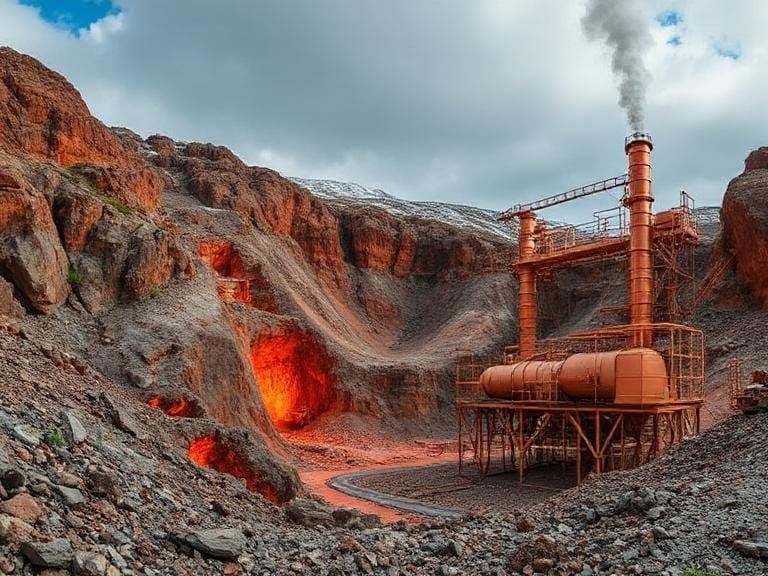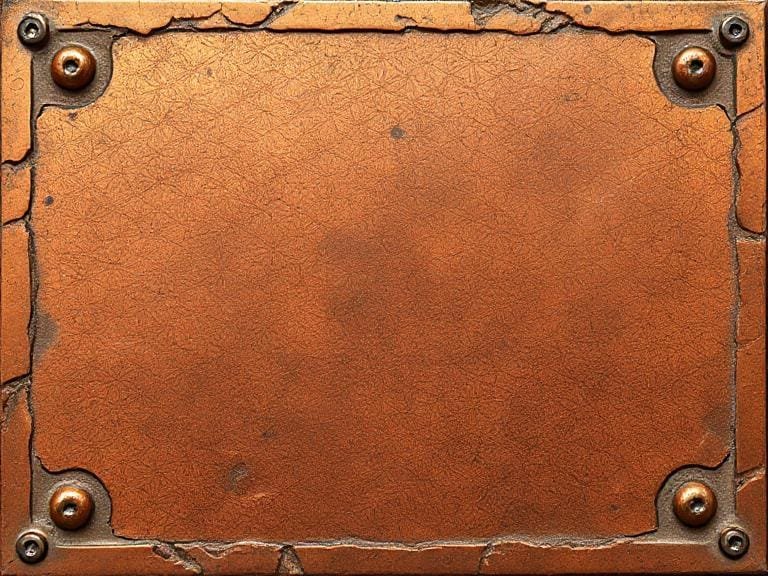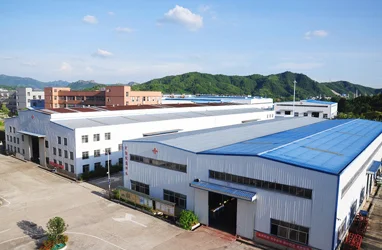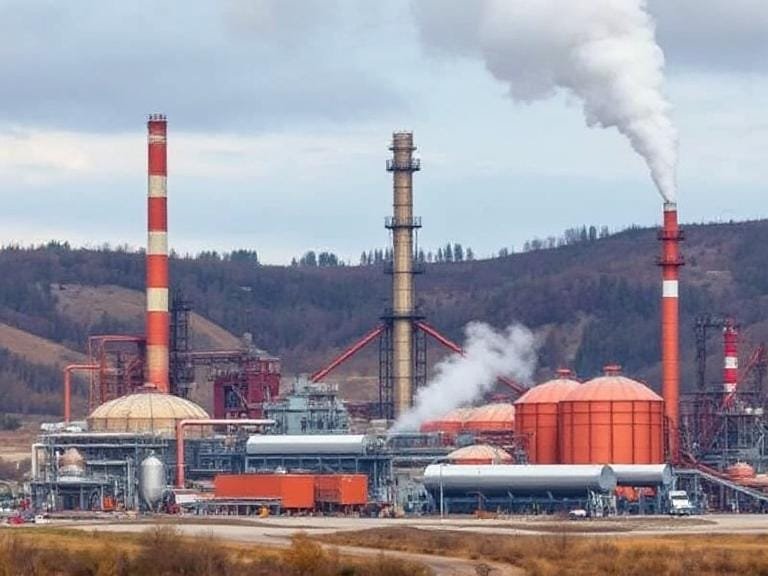How is Copper Mined and Processed?
Table of Contents
- Introduction
- What is Copper?
- Importance of Copper in Modern Industries
- Where is Copper Found?
- How is Copper Mined?
- Copper Processing Methods
- ORO Mineral’s Role in Copper Processing
- Environmental Considerations
- Future of Copper Mining
- Summary Table of Key Takeaways
- FAQs
- References
Introduction to Copper Mined and Processed

Copper is one of the most essential metals in human history, shaping technological progress from the Bronze Age to the digital era. Today, copper remains critical for electrical wiring, renewable energy systems, construction, and electronics. But have you ever wondered how copper goes from raw ore beneath the earth to the wires powering your home? This guide explains how copper is mined and processed, step by step.
What is Copper?

Copper is a ductile and highly conductive metal known for its reddish-brown color. Its ability to conduct electricity and heat makes it invaluable across industries. With unique antimicrobial properties, copper also plays a role in medical equipment and water purification.
Importance of Copper in Modern Industries
- Electrical Industry: Used in wiring, motors, and transformers.
- Construction: Roofing, plumbing, and architectural cladding.
- Renewable Energy: Wind turbines and solar panels rely heavily on copper wiring.
- Electronics: Essential for circuit boards and microprocessors.
- Transportation: Electric vehicles and high-speed trains use large amounts of copper.
Where is Copper Found?
Copper deposits are primarily located in porphyry copper ores, sediment-hosted deposits, and volcanic massive sulfide (VMS) deposits. The top copper-producing countries include Chile, Peru, China, the Democratic Republic of Congo, and the United States.
How is Mined and Processed?
1. Open-Pit Mining
The most common method for large deposits. Layers of soil and rock are removed to access ore bodies near the surface.
2. Underground Mining
Used when copper deposits are deep underground. Miners use tunnels and shafts to reach ore.
3. In-Situ Leaching
A chemical process where leaching solutions dissolve copper from ore in place, then pump it to the surface.
Copper Processing Methods
1. Crushing and Grinding
Ore is crushed and ground into fine particles to liberate copper minerals.
2. Concentration
Using flotation, copper ore is mixed with water and chemicals to separate valuable minerals from waste rock.
3. Smelting
Concentrated copper is heated in a furnace, producing blister copper (~99% pure).
4. Refining
Electrolytic refining produces 99.99% pure copper cathodes, ready for manufacturing.
ORO Mineral’s Role in Copper Processing

ORO Mineral is a large-scale intelligent mineral processing, screening, and sand washing equipment manufacturer that has been revolutionizing mineral industries since 2014. With expertise in ore beneficiation, solid waste recovery, and separation technologies, ORO Mineral offers innovative equipment designed to make copper mining more efficient.
Key Products for Copper Processing:
- Sand Washing Machine 100 TPH Long Life: Ensures cleaner ore materials before processing.
- Gravity Spiral Concentrator: Separates minerals based on density differences.
- 1.1kw Belt Magnetic Separator: Removes magnetic impurities for purer concentrates.
- Eddy Current Separator Machine: Separates non-ferrous metals from waste streams.
- Gravity Spiral Chute Separator: Efficient separation of heavy minerals in copper beneficiation.
Environmental Considerations
- Waste Management: Tailings and slag must be properly contained to prevent soil and water contamination.
- Water Usage: Recycling water reduces environmental strain.
- Energy Efficiency: Using modern equipment like ORO Mineral’s separators lowers carbon emissions.
- Rehabilitation: Mining sites should be restored post-mining for ecological balance.
Future of Copper Mined and Processed
The demand for copper is projected to rise by 50% by 2035, driven by renewable energy and electric vehicles. To meet this demand, the industry must adopt:
- Automated, AI-powered mineral processing plants.
- Eco-friendly leaching and refining techniques.
- Recycling initiatives to reuse copper from electronic waste.
Summary Table of Copper Mined and Processed
| Stage | Process | Key Outcome |
|---|---|---|
| Mining | Open-pit, underground, in-situ leaching | Extracts copper ore from deposits |
| Crushing & Grinding | Ore is crushed into fine particles | Releases copper minerals |
| Concentration | Flotation and separation | Produces copper concentrate |
| Smelting | High-temperature processing | Blister copper (~99% pure) |
| Refining | Electrolytic refining | 99.99% pure copper cathodes |
| ORO Mineral’s Role | Advanced mineral processing machines | Efficiency and purity improvements |
FAQs for Copper Mined and Processed
1. What is the main method of copper mining?
Most copper is extracted using open-pit mining, followed by underground mining for deeper deposits.
2. How pure is refined copper?
Refined copper reaches 99.99% purity through electrolytic refining.
3. What role does ORO Mineral play in copper processing?
They provide cutting-edge equipment such as magnetic separators and spiral concentrators that improve processing efficiency.
4. Is copper mining environmentally friendly?
Mining has environmental impacts, but technologies like water recycling, waste management, and energy-efficient machines help reduce the footprint.
5. What is the future of copper supply?
Growing demand will push the industry toward automation, eco-friendly processes, and recycling of copper from electronic waste.
References




